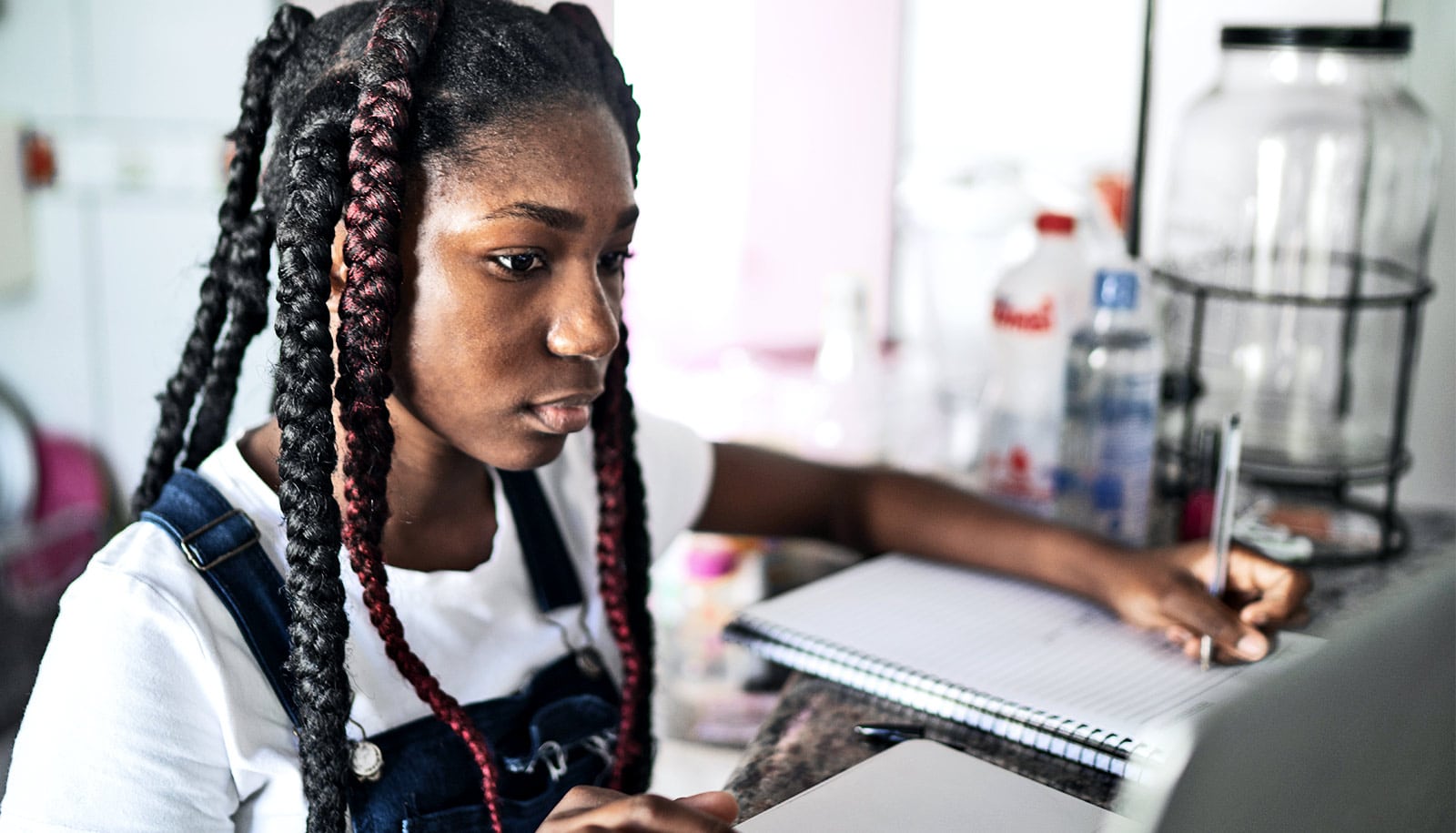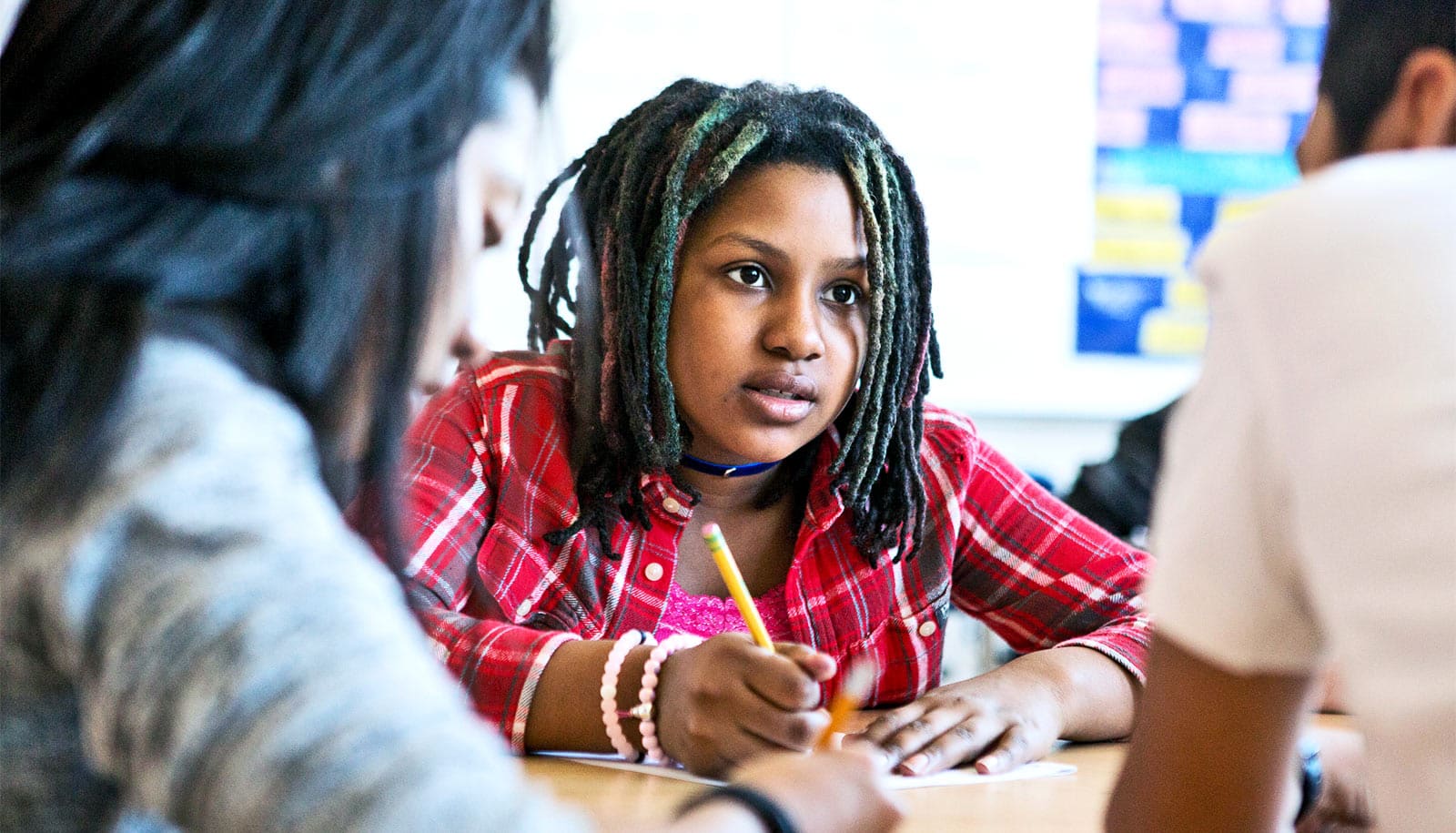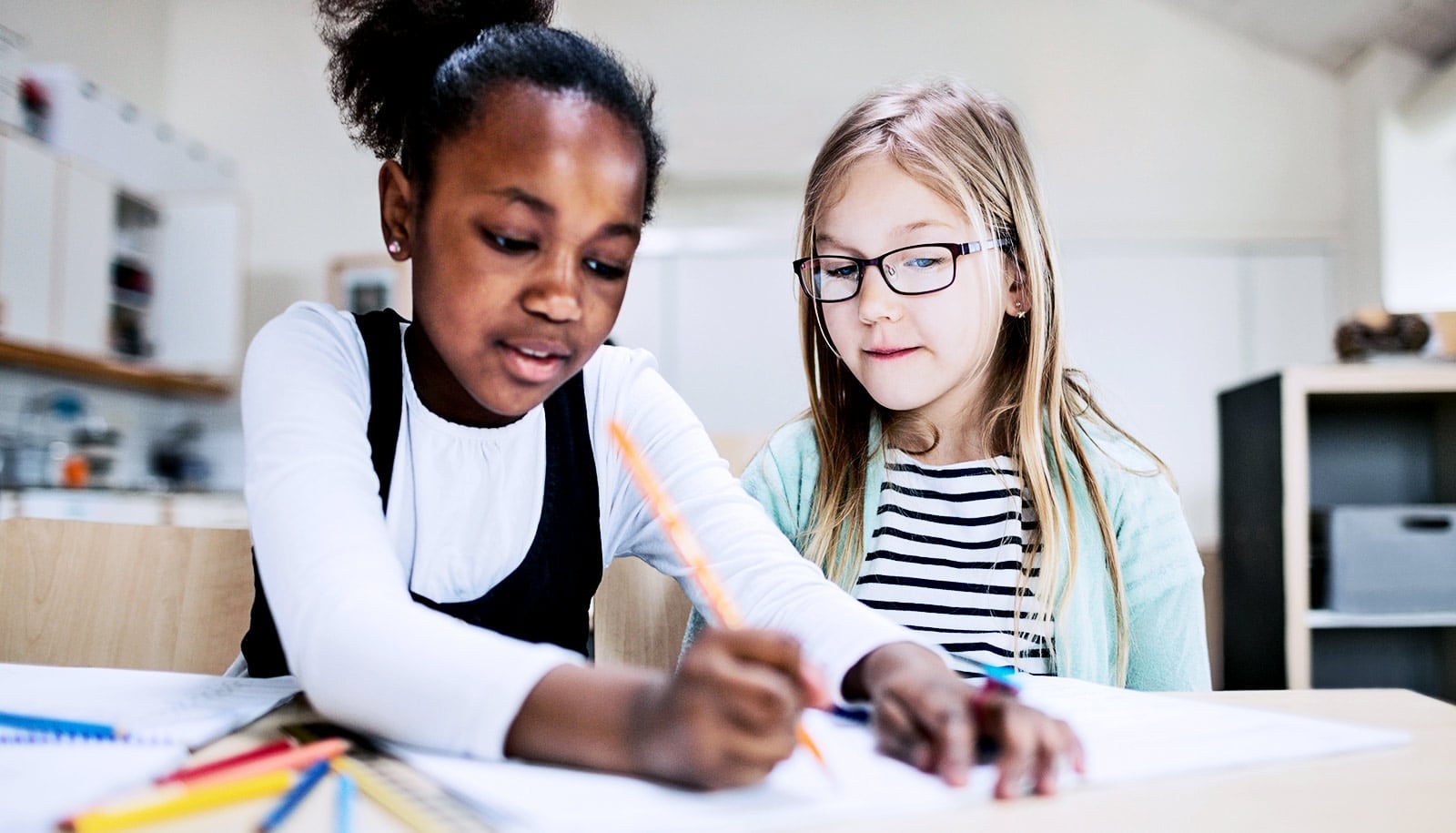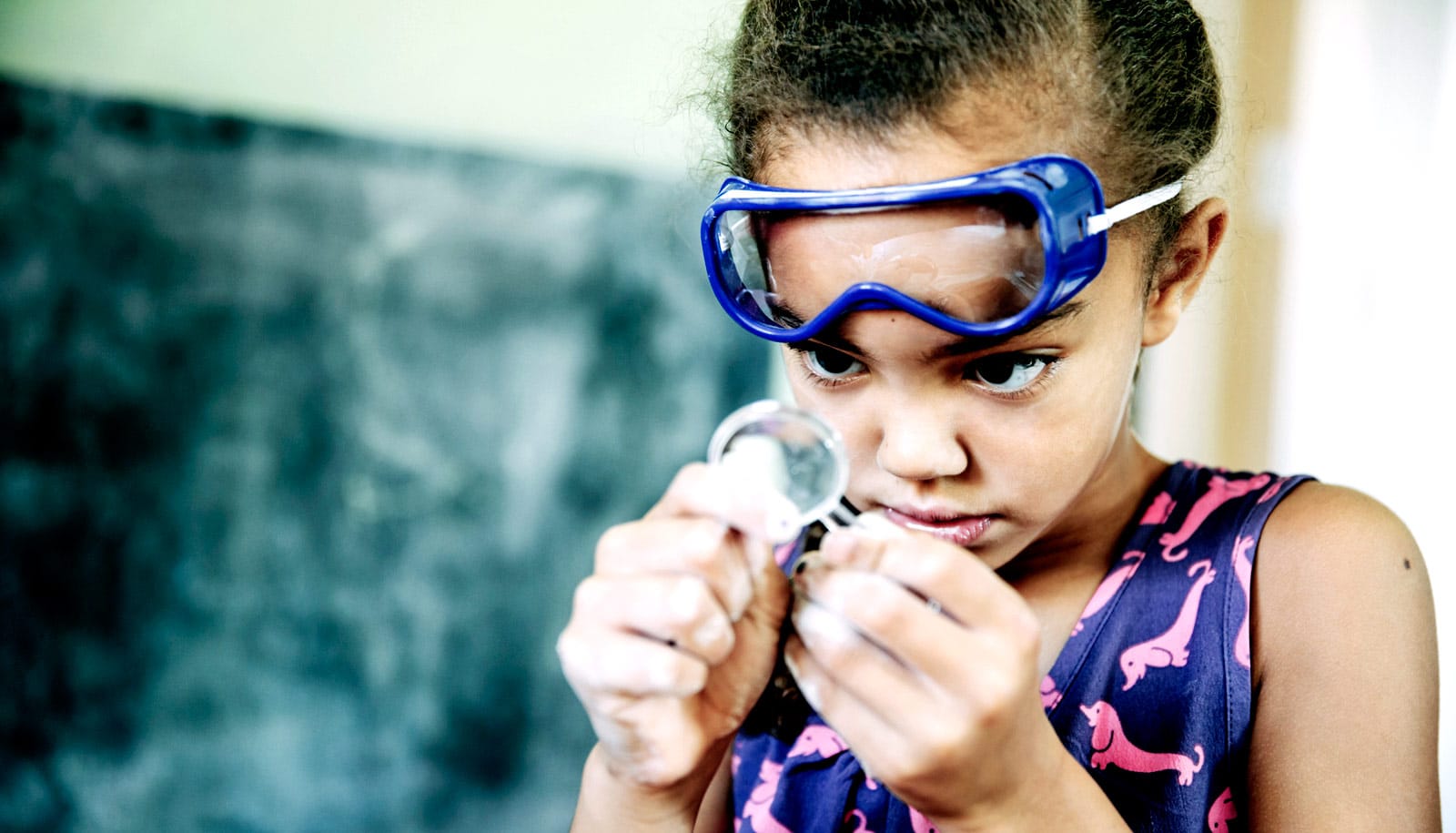Growing up in the 1970s and ’80s, Brian Williams’ experiences in school were often shaped by race and culture.
“Some teachers would have lowered expectations, telling me, ‘You’re not cutting the mustard,’ or ‘You’re not as good as everybody else.’ And that can really create a horrible schooling experience for children,” says Williams, a clinical professor in the department of Early Childhood and Elementary Education in the College of Education and Human Development at Georgia State University.
“Even before the pandemic, we were working with teachers and principals to address inequities in schools…. COVID-19 has simply made this work more urgent.”
“Not only could I not see myself in the curriculum, but I was told very early on that I was not very good at math and science. I never want another child to have that experience.”
Williams works to ensure all children have access to an excellent education. He serves as the director of the Alonzo A. Crim Center for Urban Educational Excellence, where he works with a team of faculty and staff to advocate for young people in urban communities to identify and remove the roadblocks they face in public education.
During the pandemic, Williams developed a video series to highlight how science can be fun and accessible even at home. “At Home with Dr. Science” features Williams and his own children taking on basic science activities, from making a lava lamp to exploring solubility using Sharpie markers.
Here, he talks about the importance of equity in education, particularly as it relates to science, technology, engineering and mathematics (STEM), and virtual learning during the pandemic:
You’re a science educator who’s also involved in equity initiatives in education. How do those two things intersect?
Much of the work I do focuses on addressing challenges related to justice, power, and equity in public education. I also have a background in the natural sciences, so a lot of the work I do with local schools and teachers focuses on ensuring that all children have access to quality science instruction and that they can see themselves in the science.
Many of the urban communities I work with have limited access to economic or political power, so much of my time is spent visiting different community organizations and listening to people’s ideas about public education. I also try to connect my Georgia State students with this work. In one of the courses I developed, we look at education as a system that extends beyond the classroom and the schoolhouse. We spend a lot of time discussing how government, philanthropic organizations, and corporations influence public education for better or worse. We also invite individuals from the community into the class to share their ideas about public education and ways to improve it.
COVID-19 and the shift to virtual learning has amplified disparities in education. What are you concerned about going into this school year?
In addition to trying to figure out how we’re going to do virtual learning and still have a successful school year, we’ve also got to figure out how we’re going to make sure all of our children get the support they need. It’s important to remember that COVID-19 disproportionately impacts some communities more than others, specifically those that suffer from injustices related to race and class.
“At the end of the day, I want people to really love the world of science.”
For example, some of our children don’t have quality access to the internet so they will struggle. Children with special needs may not be getting enough support. There are also children living in homes where they have just one parent or guardian who works outside of the home. Those children may not have anyone at home saying, “Hey, it’s time to log on… Do your schoolwork.”
Even before the pandemic, we were working with teachers and principals to address inequities in schools. We were considering everything from the curriculum to how we teach. COVID-19 has simply made this work more urgent.
You were recently awarded a grant from the National Science Foundation to help improve access to quality science education in high-need schools. Can you talk more about that project?
The SCI-Bridge project expands the work our team did with M. Agnes Jones Elementary School in the westside Atlanta community. We helped them become the first STEM-certified school in Atlanta Public Schools.
When we looked at the data for STEM-certified schools around Atlanta, we noticed a dip in science scores right after certification. We think this dip may be connected to the strategies that teachers are using to teach science to the children in their classrooms. To help with this, we’re developing a teaching model that integrates culturally responsive methods into science education. We’ll be testing it over the next three years in a number of public schools in metro Atlanta.
As a part of the grant, we will also be running a free science camp as a kind of laboratory for teachers to try out some of the things that they’re learning as a part of the project. Everything is hands-on and inquiry-based, so children will love it. And it’s great for the teachers because they have the chance to really experiment in a space that is not high stakes. The camp will benefit both the students and the teachers.
Fans of your YouTube videos know you as “Dr. Science.” What motivated you to create these videos with your own kids during the COVID-19 shutdown?
We know that with the shutdown, kids are at home and they’re going to have some time on their hands when they’re finished with their schoolwork. Our team at the College of Education & Human Development came up with the idea to get parents and children engaged in science projects they can do at home.
I started shooting these videos as a way of inviting people to do science and making it feel very accessible. One of the reasons I did it with my children is because I wanted people to see that this is not rocket science here. This is something that even my 12-year-old daughter can do, and I think it’s something anybody can do with their children as well. At the end of the day, I want people to really love the world of science.
Source: Georgia State University



